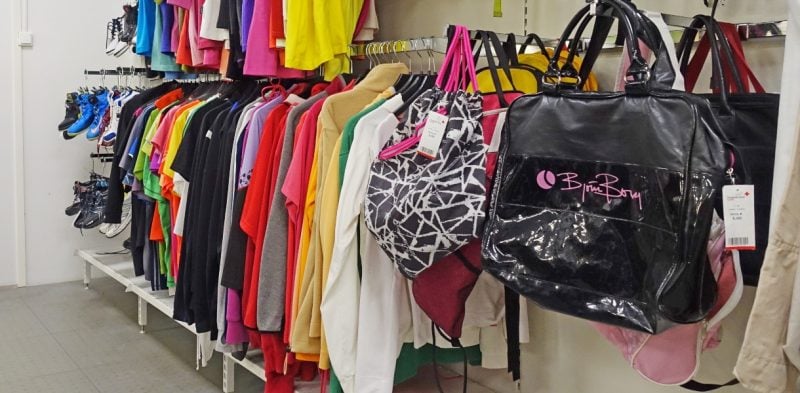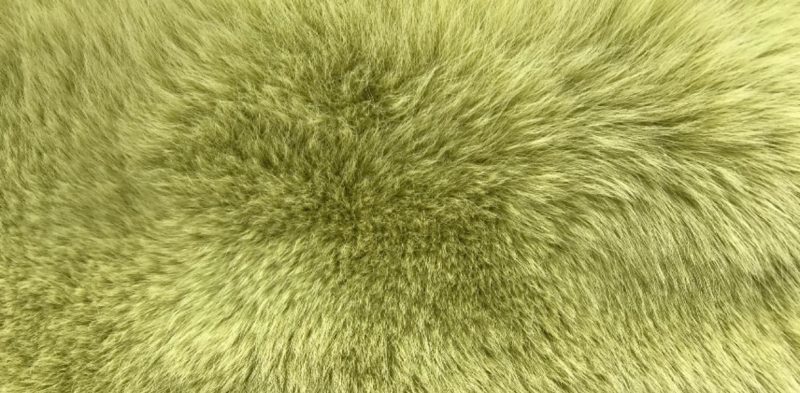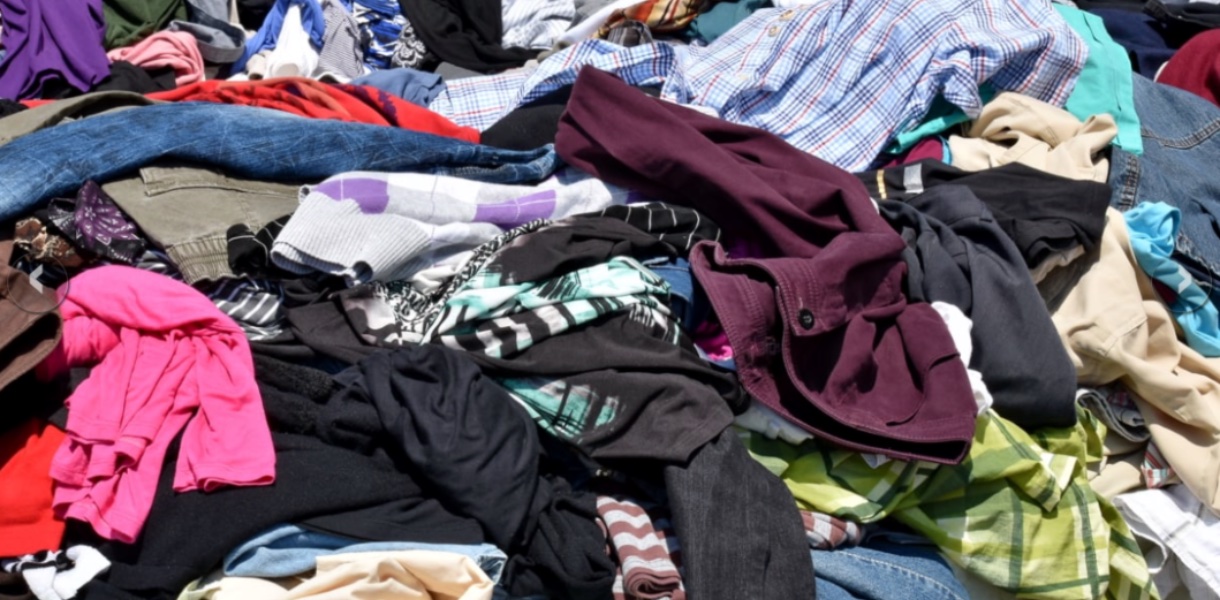In part one of The Truth about Fashion, I explored and compared sourcing issues and supply chains of both fast-fashion and luxury fashion brands. And while many brands do what they can to instil trust and confidence in consumers through ever-growing transparent supply chains and ethical and sustainable sourcing, is it all too late? As the public moves towards environmentally conscious consumerism, attitudes towards shopping is changing. More so today than ever before, second hand shopping for pre-loved clothing is becoming more fashionable. However, growing in parallel is the deeply ingrained wear-once-and-throwaway culture that has been created. In part two of the Truth About Fashion, I investigate people’s attitudes towards shopping and the challenges that face brands to entice todays growing number of reluctant shoppers.
Today, second-hand no longer means cheap. In fact, with an explosion of fashion-rental sites, luxury outlets, and online buyers snapping up pre-loved garments, second-hand has become synonymous with mindfulness. In fact, according to a UK based study by French e-tailer Patatam, one in five British women admit to feelings of guilt when purchasing new clothes, resulting in them turning to pre-owned garments as sustainable alternatives. This finding was followed up with almost two in three (68%) participants interviewed confessing they’d happily buy preowned items. It appears the undeniable issues that choke the fashion industry, such as water waste and landfills, is resulting in consumers selling, donating, and buying second-hand clothing giving all garments a second-lease of life.

While we can all agree shopping second-hand items brings great benefits, from extending the lifecycle of garments to reducing waste, there needs to be a whole separate discussion about what constitutes a worthy second-hand purchase, and more importantly, what doesn’t. Recycling, upcycling, reusing or donating clothing highlights how conscious consumers are finally putting their money where their mouth is. However, not all clothing is of high-enough quality when it comes to repair or recycling services. When it comes to expensive fabrics, like leather and fur, designers tend to specialize in remodelling garments meaning these fabrics are routinely remade into other forms or accessories. However, 95% of recycled clothing derives from the fast fashion industry which is created with synthetic materials like polyester, meaning that when the time comes to remodel or reuse them, they are merely industrial rags not fit for re-purpose.
According to Fashion United, nearly half of the world’s clothing is made of polyethylene terephthalate (most commonly known as polyester), which today is the most used plastic in the world. As if that statistic wasn’t daunting enough, according to Greenpeace, polyester clothing is forecasted to nearly double by 2030. This is especially alarming given the eleven-year deadline – 2030, ironically enough – that the world has to reduce its carbon emissions output, of which the fashion industry is the second largest contributor after the fossil fuel industry, if we are to prevent earth from crossing irreversible climate tipping points (a rise in 1.5 degrees Celsius above pre-industrial levels). I stated in part one of this series that a small fraction of synthetic materials can only ever be indefinitely recyclable at best, but the simple fact is, most widely-used synthetic materials like polyester, or any fashion textile deriving from crude oil, are not recyclable and do not make worthy second-hand purchases. The poor quality of synthetic materials means it lasts 2-3 (maximum) years before it is no longer fit for use – but more importantly, the lack of recyclable qualities of these materials means they are environmentally unsustainable.

Since 2016, shoppers’ consumption of pre-owned items is up 45%, signalling a social appetite for a sustainable wardrobe. This means we need to reconnect the dots between who is producing and using the garment and where the garment comes from and where it ends up. Answering such questions aren’t easy, but if you start with natural materials they are clear. Natural materials are a part of fashions circular economy. What does this mean? Fabrics which are a part of fashion circular economy are mainly natural meaning they come from nature and return back to nature when they are discarded.
As discussed in part one, as soon as big conglomerates saw the profit margins explode with outsourcing and the introduction of cheap fabrics in the 80’s and 90’s, little thought was given to fashion circular economy. But while the fashion industry seems to have forgotten its own circular economy over the last thirty to forty years, the fur industry continues to be a staple of it. But how? Well, attached to fur is a string of services, from maintenance, restoring, repairing, recycling, upcycling, and remodelling, this is an advantage of fur that no other material can match. Thus, this means, in regard to the investigation into social attitudes towards fashion materials and consumerism, that fur is on the same side of the debate of fashion with longevity and sustainability at its core. And brands would do well to pay attention to using responsible natural resources like fur as public attitudes shift towards these sustainable natural materials.





